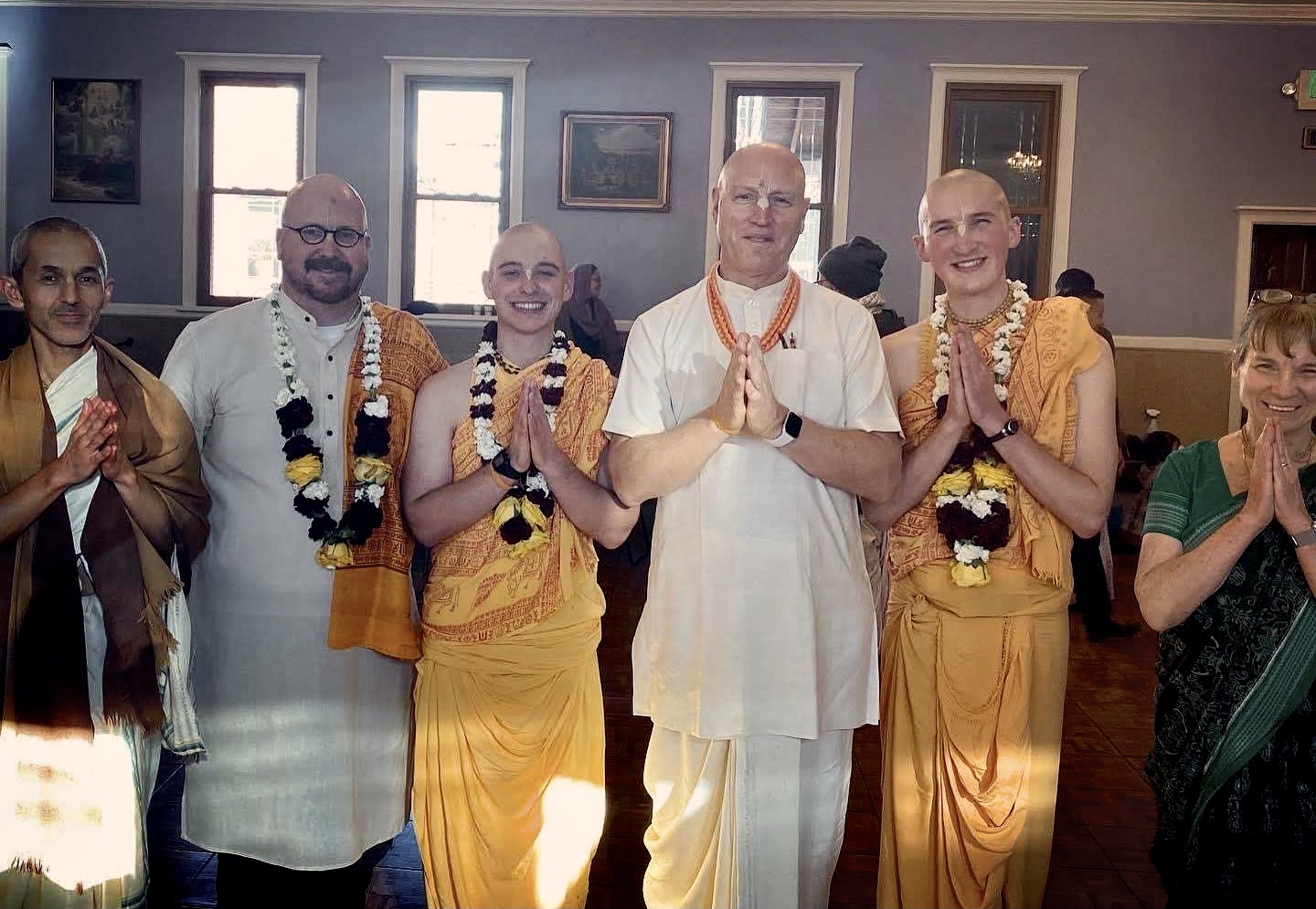From the Dalai Lama’s monastery in Dharamsala to the corporate boardrooms of Silicon Valley, philosophy instructor Mac McGoldrick has sought to understand and to share practices of spirituality and wellness. “We have a rare existence on this planet, and we need to answer: Why me? Why here? Why now? I want to figure it out.”
Mac McGoldrick has always been fascinated with religious and spiritual communities. Trained as an anthropologist at Cornell University, he traveled to India to study with the monastic communities of Tibetan Buddhism, the tradition most famously associated with the Dalai Lama. Recognizing the value of monastic life as rooted in practice, McGoldrick was drawn to the arduous training and spiritual discipline of the monks there. In addition to seven years in north India, McGoldrick has pursued his study of Cistercian, Sikh, Hindu, Jain, and Zen Buddhist religious communities around the globe—including a stay at a remote mountain temple in Japan.
“I think religion is so weird and so wonderful and so wild and confusing that I just want to figure it out,” he says. “I wanted to spend as much time as I could trying to figure out why such places exist, and why do people still read ancient texts and engage in practices that began, in some cases, 5,000 years ago. And what are the truths that these traditions are talking about.”

McGoldrick’s journey in spiritual understanding led him to the CSU philosophy department 18 years ago where he teaches courses in eastern traditions and world religions. His teaching and research focus on how religions and ideas travel—across both time and space—and how they land with new audiences. When teaching ancient Indian religious texts like the Bhagavad Gita, McGoldrick ponders: “How do you present the truths that were written in books so long ago for an entirely different audience in a completely different context in a classroom today?”
To help answer this question, McGoldrick’s current research has led him to be initiated in the International Society for Krishna Consciousness. Also known as the Hare Krishnas, this religious community originated in ancient India, traveled to the U.S., and then around the world. “There are people whose lives are still being transformed by the teachings of these texts. These traditions offer truths, and so whether or not they are part of your worldview, they remain truths. I’m fascinated by the idea of understanding what those truths are and how they inform spiritual community.”
While it seems that McGoldrick’s life has been dominated by questions of spirituality, he explains, “I would never try to separate out spiritual health from general health and well-being.”
McGoldrick takes an interconnected approach: “As living systems, our emotional, environmental, financial, occupational, intellectual, physical, and social health are all tied together. Ideally, these systems are regenerative, maximizing our capacity and our ability to understand and to impact the world positively.”
"As living systems, our emotional, environmental, financial, occupational, intellectual, physical, and social health are all tied together."
From his decades of experience studying and practicing religious traditions, McGoldrick has developed his own curriculum and training programs to help people achieve something akin to spiritual health. McGoldrick’s curriculum has its roots in ancient Indian religious practices but can be understood and practiced from a completely secular perspective. The four central concepts that make up the backbone of his curriculum include sadhana (personal practice and discipline); satsang (being in the company of others who uplift us); sadachar (intention); seva (service to others).

McGoldrick believes that spiritual health is attainable through discipline and practice. “It’s hard to be religious and spiritual. You definitely need the dedicated time to work on that.” He believes that religion and spirituality should operate transformatively—moving us from one state of being to another. Thus, practice must always extend beyond the self. McGoldrick explains, “Spiritual practice, such as meditation, mindful awareness, and self-inquiry, allows us to expand our identity beyond the limits of the local ego self into the greater whole of life. Spiritual health can be defined as our integration with the great whole of life and is measured by the degree to which we honor our interconnectedness with all things.”
"Spiritual health can be defined as our integration with the great whole of life and is measured by the degree to which we honor our interconnectedness with all things.”
Through Sinewave Consulting, a company McGoldrick recently started, he has worked with various tech companies to support the general health of employees through mindfulness and resiliency training. His goal is to “activate purpose by purposefully acting.” While spiritually fulfilling, these practices also prove to bring about high returns in individual health, life satisfaction, and engagement. The programs include a dual focus on internal emotional needs, such as being present, intentional, and mindful, and their application in the world through relational intelligence, empathy, compassion, and gratitude. The goal is to achieve “a state of being fully engaged and present in the world.”
McGoldrick’s programs show participants that life is like a sinewave—we have many ups and downs. But the key to well-being is to find our axis, the center line, which defines our purpose. McGoldrick sees all this from the lens of purpose. “Purpose is the reason something is done or created, the reason for existence. Spiritual health helps a person approach answers to this question [of purpose] and is essential for authentic living and wellness.”

While the ups and downs of life often knock us off our axis and away from our purpose, through the sinewave symbol, McGoldrick shows how spiritual practice and service can bring us back to center, back to purpose, and to a place of equanimity.
Spiritual health and well-being are attainable for all, McGoldrick believes. And, it may certainly be easier than the path he chose for himself. “Not everybody needs to give up all their possessions and move to a monastery and wear robes all day. You can certainly find a way to develop a practice that contributes to your life and enables you to live according to your values, ethics, and principles. But you have to investigate that. You have to set the intention. And, you have to do the work.”
